Satara Tourism
Search related to Maharashtra Tourism

Satara is a city located in the western Indian state of Maharashtra. It is the headquarters of the Satara district and is situated on the banks of the river Krishna. The city has a rich cultural and historical heritage and is famous for its natural beauty, historic monuments, and vibrant festivals. Here, we will provide a detailed description of Satara and its various aspects.
Geography and Climate
Satara is located at an altitude of 740 meters above sea level and covers an area of 10.48 square kilometers. The city is surrounded by the Sahyadri Mountains and is located at a distance of about 110 km from Pune and 250 km from Mumbai. The climate of Satara is tropical with hot summers and cool winters. The monsoon season lasts from June to September, and the city receives an average rainfall of 2,490 mm annually.
History
Satara has a rich history that dates back to the 16th century. It was ruled by the Maratha Empire and was the capital of the empire during the reign of Chhatrapati Shivaji Maharaj. The city was also an important center of the Peshwa Empire, which was established by Baji Rao I in the 18th century. Satara played a significant role in the Indian independence movement and was the birthplace of the famous freedom fighter and social reformer, Vinayak Damodar Savarkar.
Culture and Festivals
Satara has a rich cultural heritage and is known for its vibrant festivals and traditions. The city is home to several temples, forts, and other historical monuments that reflect the rich cultural and architectural heritage of the region. The Mahabaleshwar Temple, Koyana Dam, and Ajinkyatara Fort are some of the popular tourist attractions in Satara.
The city celebrates several festivals throughout the year, including Diwali, Holi, Ganesh Chaturthi, and Dussehra. The Satara Mahotsav is a famous cultural festival that is held annually in the city. It showcases the rich cultural heritage of the region and features various cultural programs, music, and dance performances.
Economy
The economy of Satara is primarily based on agriculture and small-scale industries. The city is known for its production of sugarcane, grapes, and pomegranates. The Satara district is also home to several small and medium-scale industries, including engineering, textiles, and food processing. The city has several small and medium-sized businesses, including retail shops, restaurants, and cafes, which contribute to the local economy.
Education
Satara is home to several prestigious educational institutions, including government and private schools, colleges, and universities. The city has a literacy rate of 88%, which is higher than the national average. Some of the popular educational institutions in Satara include the Satara College of Engineering and Management, Government Polytechnic, and the Yashwantrao Chavan Institute of Science.
Transportation
Satara is well-connected by road, rail, and air. The city is located on the National Highway 48, which connects it to Mumbai and Bangalore. The Satara railway station is located on the Pune-Miraj line and is well-connected to major cities in Maharashtra. The nearest airport is the Pune International Airport, which is located at a distance of about 120 km from Satara.
Tourism
Satara is known for its scenic beauty and is a popular tourist destination. The district has a diverse range of attractions that include historical forts, temples, and natural wonders. Some of the popular tourist destinations in Satara are:
- Ajinkyatara Fort: This fort is located in the city of Satara and is a popular trekking destination. The fort offers stunning views of the surrounding landscape and is a great place to explore the history of the region.
- Thoseghar Waterfalls: These waterfalls are located near the village of Thoseghar and are a popular tourist attraction. The waterfalls are surrounded by lush green forests and offer a breathtaking view of nature's beauty.
- Kaas Plateau: This plateau is located near the town of Satara and is known for its stunning biodiversity. The plateau is covered in a carpet of wildflowers during the monsoon season and is a must-visit for nature lovers.
- Chalkewadi Windmill Farms: These windmill farms are located near the village of Chalkewadi and are a popular attraction for tourists. The farms offer stunning views of the surrounding landscape and are a great place to learn about renewable energy.
- Sajjangad Fort: This fort is located near the town of Satara and is a popular pilgrimage site. The fort is home to the Samadhi of Saint Ramdas and offers a great place to learn about the history of the region.
Apart from these popular tourist destinations, Satara is also known for its rich cultural heritage. The district has a vibrant folk culture that includes dance forms like Lavani, Dindi, and Gondhal. The district is also home to many historical temples and has a rich tradition of music and literature.
Satara is also known for its delicious cuisine. The district is famous for its traditional Maharashtrian dishes like Misal Pav, Vada Pav, and Sabudana Khichdi. The district is also known for its famous fruit, the Alphonso Mango, which is grown in abundance in the region.
- State :
- Maharashtra
How to Reach Satara
Complete List of Tehsils in Satara District, Maharashtra
| S.No | Tehsil / Taluk Name | District Name | State Name |
|---|---|---|---|
| 1 | Javali | Satara | Maharashtra |
| 2 | Jawali | Satara | Maharashtra |
| 3 | Jawoli | Satara | Maharashtra |
| 4 | Kahandala Bawada | Satara | Maharashtra |
| 5 | Kahandala Bawda | Satara | Maharashtra |
| 6 | Kahatav | Satara | Maharashtra |
| 7 | Kanandala Bawada | Satara | Maharashtra |
| 8 | Kandala Bawada | Satara | Maharashtra |
| 9 | Karad | Satara | Maharashtra |
| 10 | Karad. | Satara | Maharashtra |
| 11 | Khandala | Satara | Maharashtra |
| 12 | Khandala Bawada | Satara | Maharashtra |
| 13 | Khandala Bawada. | Satara | Maharashtra |
| 14 | Khandalabavada | Satara | Maharashtra |
| 15 | Khandalabawada | Satara | Maharashtra |
| 16 | Khatav | Satara | Maharashtra |
| 17 | Koregaon | Satara | Maharashtra |
| 18 | Mahabaleshawar | Satara | Maharashtra |
| 19 | Mahabaleshwar | Satara | Maharashtra |
| 20 | Mahabaleshwr | Satara | Maharashtra |
| 21 | Man | Satara | Maharashtra |
| 22 | Man (dahiwadi) | Satara | Maharashtra |
| 23 | Man(dahivadi) | Satara | Maharashtra |
| 24 | Patan | Satara | Maharashtra |
| 25 | Patan. | Satara | Maharashtra |
| 26 | Phalatan | Satara | Maharashtra |
| 27 | Phaltan | Satara | Maharashtra |
| 28 | Satara | Satara | Maharashtra |
| 29 | Satara Koregaon | Satara | Maharashtra |
| 30 | Satara.satara | Satara | Maharashtra |
| 31 | Wai | Satara | Maharashtra |
Discover Exciting Places to Visit in Agra, Uttar Pradesh - Your Ultimate Travel Guide
Are you ready to explore the wonders of Agra, Uttar Pradesh? From the majestic Taj Mahal to hidden gems waiting to be discovered, our travel guide unveils the most captivating
Explore Exciting Places to Visit in Mumbai, Maharashtra - Your Ultimate Travel Guide
Ready for an adventure? Mumbai, in the beautiful state of Maharashtra, is packed with amazing places waiting to be explored! From iconic landmarks to hidden gems, Mumbai has something for
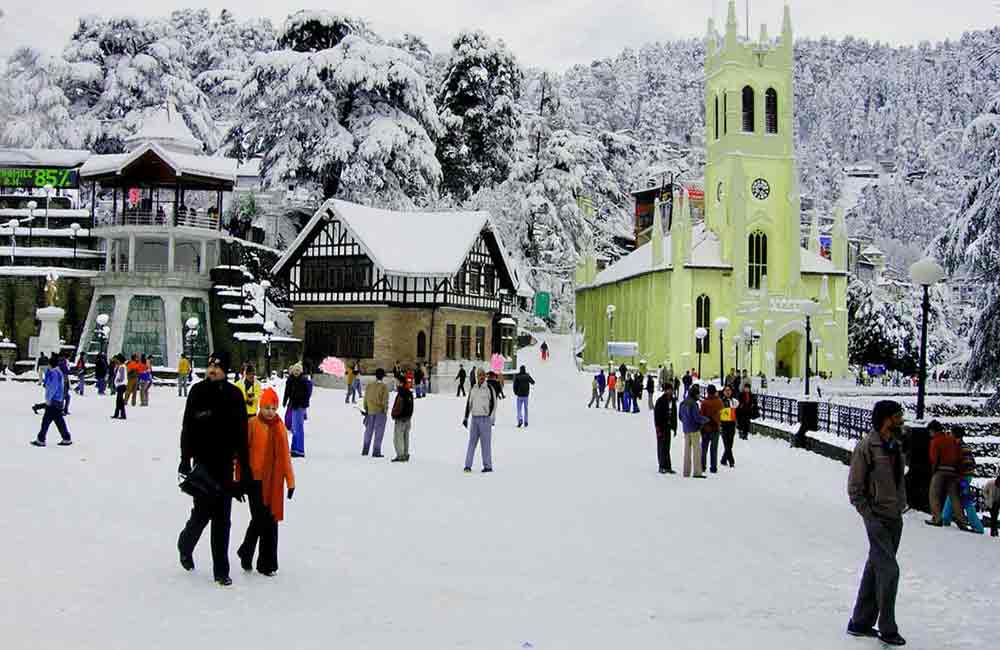
Explore the Wonderful Places to Visit in Manali, Himachal Pradesh - Your Ultimate Guide!
Ready for an exciting adventure? Discover the places to visit in Manali, Himachal Pradesh! From snowy mountains to lush valleys, there's something for everyone. Plan your trip now and explore
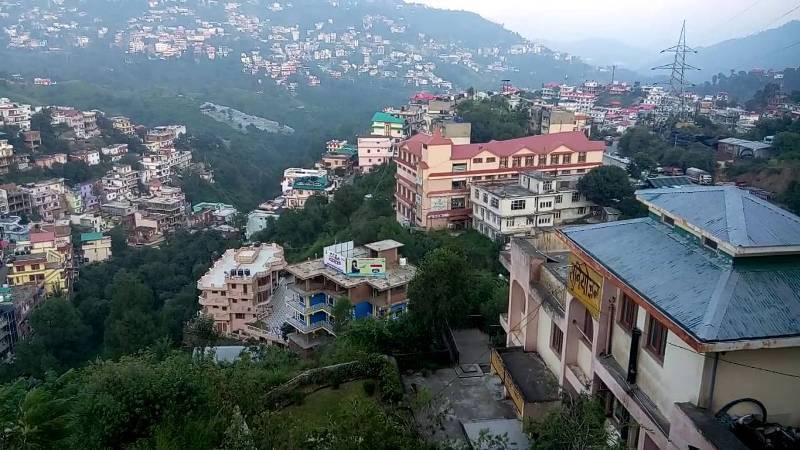
Places to Visit in Solan Himachal Pradesh - Explore the Best Tourist Spots
Discover the enchanting beauty of Solan Himachal Pradesh by exploring its myriad tourist spots. Whether you're seeking adventure or tranquility, Solan has something for everyone. From lush green valleys to
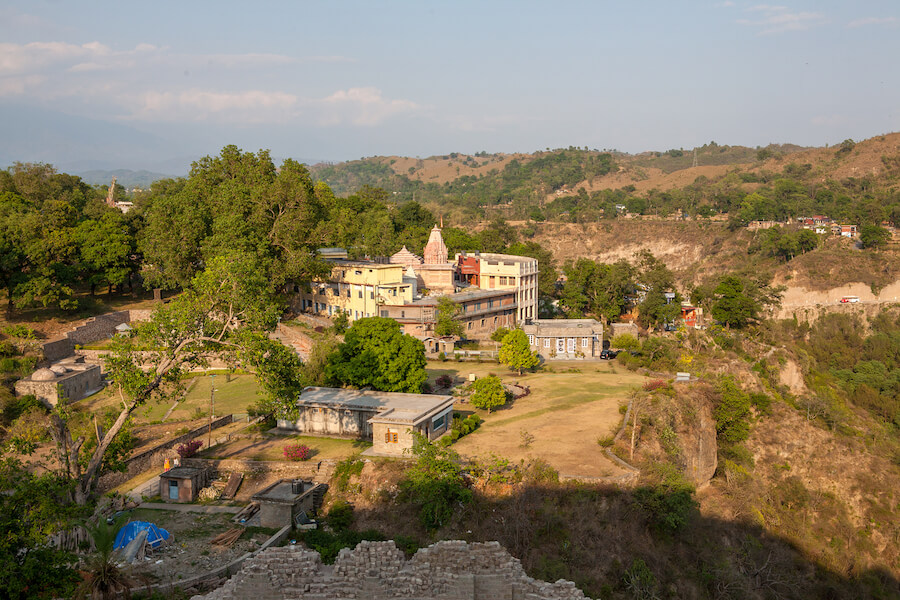
Discover the Best Places to Visit in Kangra, Himachal Pradesh: A Traveler's Guide
Ready for an exciting journey? Kangra, Himachal Pradesh welcomes you with open arms! Explore ancient temples, lush landscapes, and more in this enchanting valley. Let's uncover the best places to
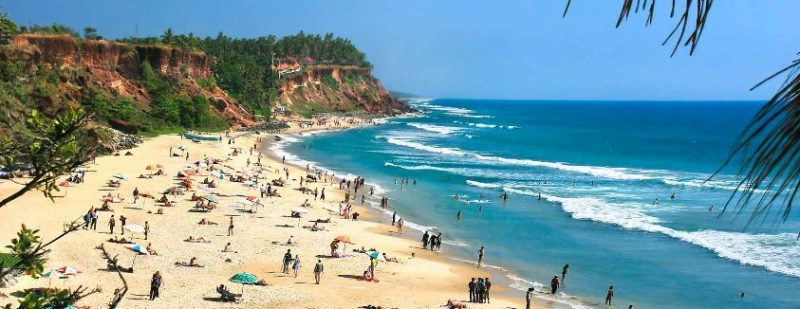
Explore Incredible Places to Visit in Varkala, Kerala: A Guide
Are you ready for an adventure? Varkala in Kerala is waiting for you! Discover the magic of this beautiful place with our guide to the best places to visit. From
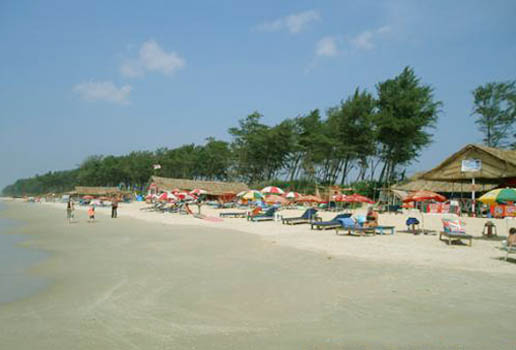
Explore Panaji, Goa: Discover the Best Places to Visit in the City
Ready for an adventure? Panaji, located in Goa, is packed with exciting places to visit. From ancient forts to picturesque beaches, there's never a dull moment in this lively city.
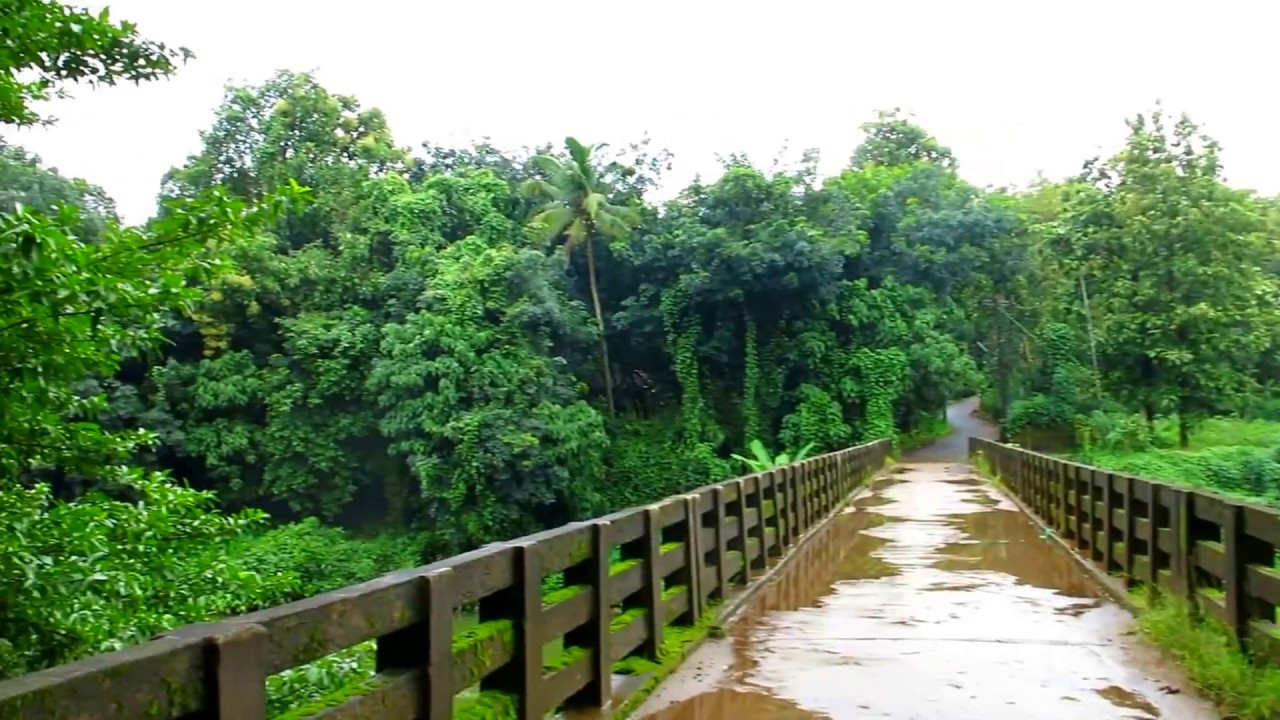
Explore the Best Places to Visit in Thrissur, Kerala – A Perfect Guide for Your Next Adventure!
Are you ready to explore Thrissur, Kerala? Get ready for an exciting journey through this vibrant city! Discover its rich history, stunning landmarks, and fascinating culture. With our guide to
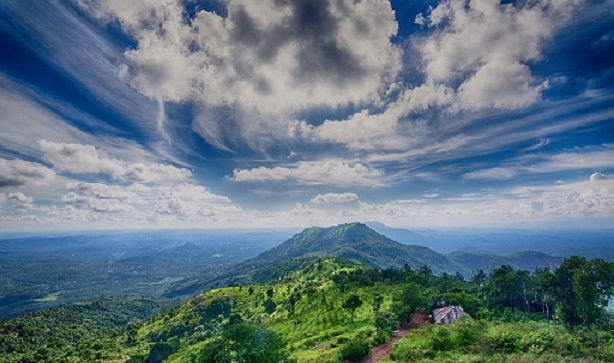
Explore the Best Places to Visit in Malappuram, Kerala - A Traveler's Guide
Dive into the beauty of Malappuram, Kerala with our ultimate travel guide! From picturesque beaches to fascinating historical sites, explore the best places to visit in Malappuram Kerala. Whether you're
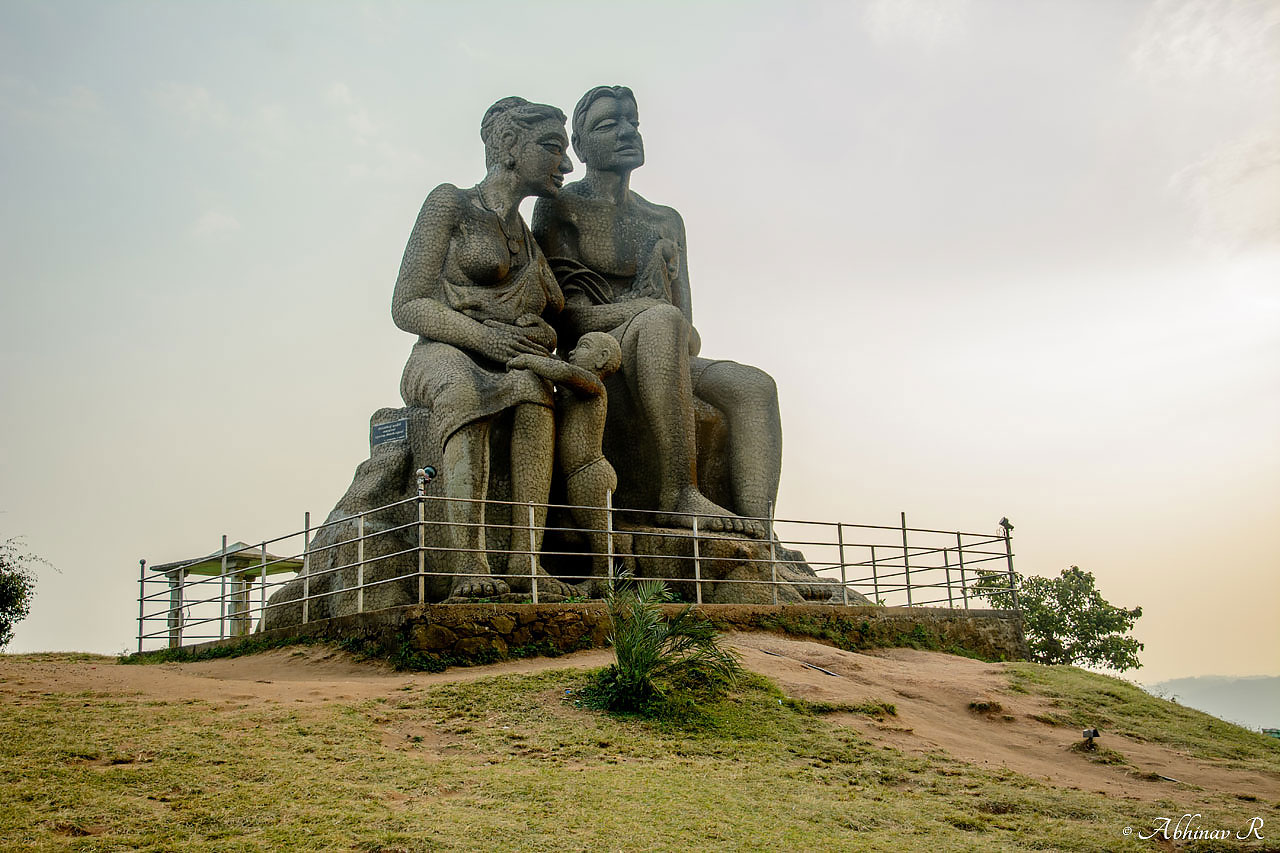
Explore the Best Places to Visit in Idukki, Kerala - A Traveler's Guide
Discover the mesmerizing beauty of Idukki, Kerala with our guide to the best places to visit. From breathtaking landscapes to serene lakes, explore the charm of this enchanting destination. Whether
- Destinations



